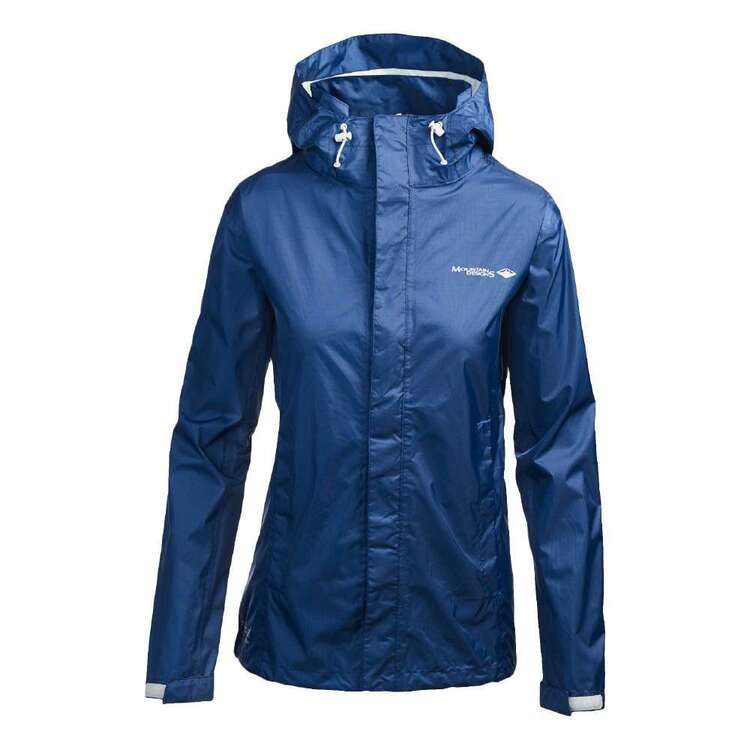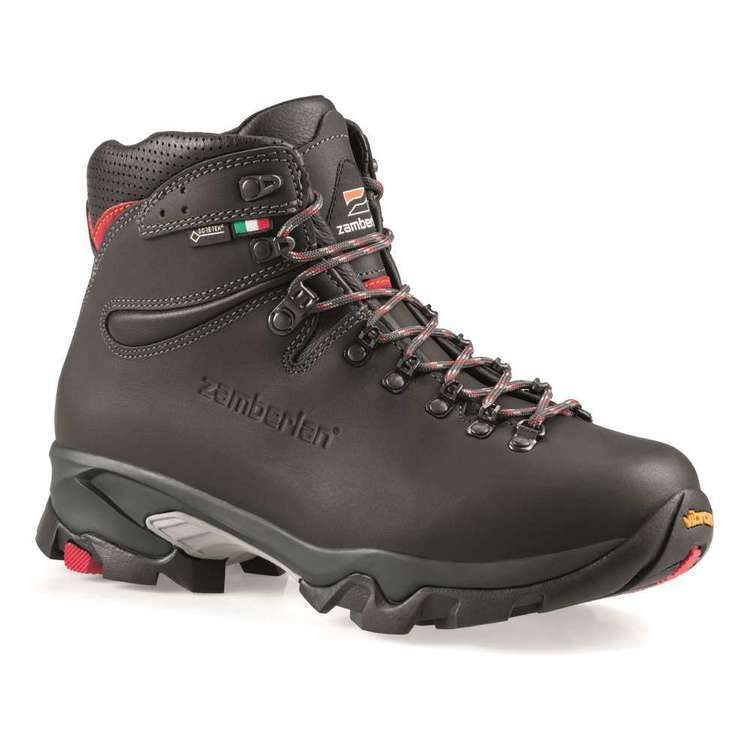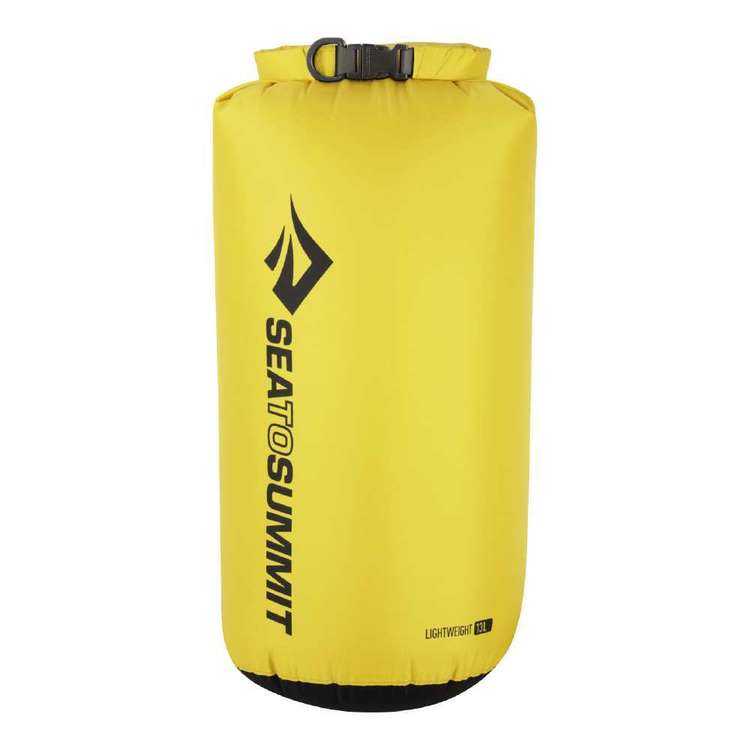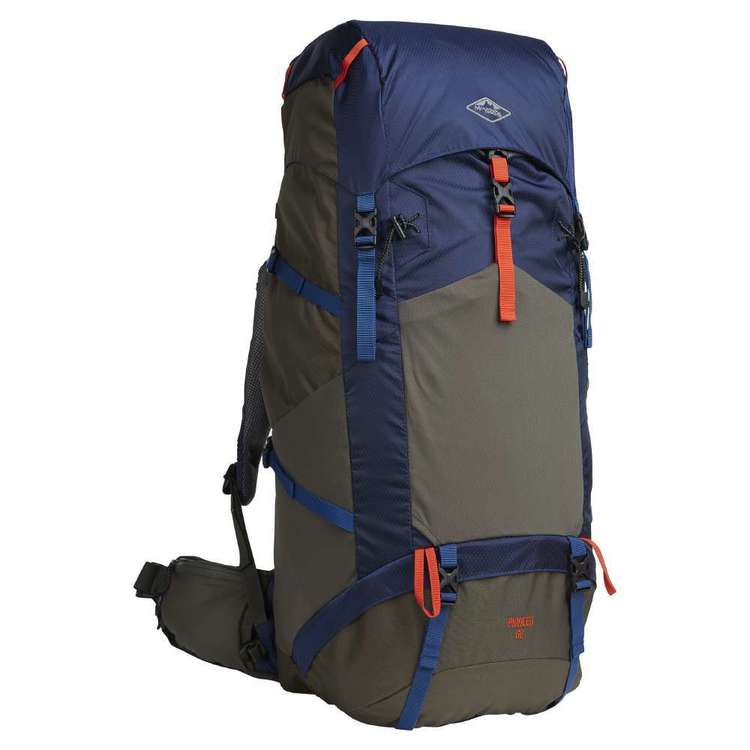| Your browser is not supported. | ||
|
Please browse our site using any of the following options:
| ||
How To - Hike Comfortably In Wet Weather
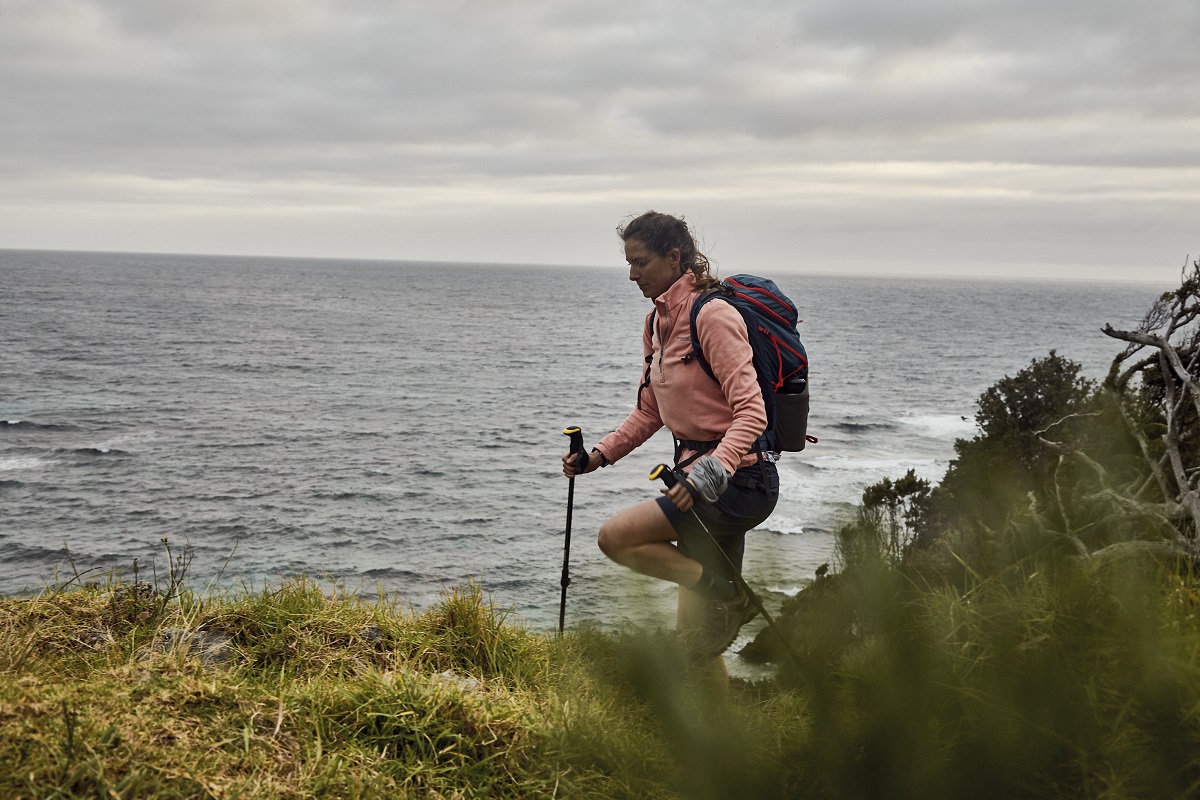
Rainy weather doesn't have to ruin your day out on the trails. With the right preparation and knowledge, you can keep the good times rolling even when the heavens open up. Here are our top tips for hiking in wet weather:
Hacks For Hiking Comfortably In Wet Weather
1. Wear quick drying, breathable clothing. Avoid heavy fabrics that will cling to your skin and prevent airflow. Instead, opt for lightweight fabrics that won't make you hot when it's sunny and won't make you cold when it's rainy.
2. Choose a quality rain jacket…and make sure it's breathable. While quick drying, breathable clothing will help for a short period in light rain, a breathable rain jacket will be your saving grace when it gets heavy. It will keep the rain out first and foremost, but it will also prevent condensation build up inside from body moisture.
3. Lace on some waterproof footwear. Waterproof shoes or boots help prevent blisters and keep your feet comfortable when you're hiking in rain. You can also get gaiters to slip on over your footwear to further protect your legs from harsh weather conditions.
4. Whatever you do, don't apply waterproof wax or greases to your shoes because it affects breathability and causes body moisture to build up. Different types of shoes and materials require different steps to care for them. Before purchasing a shoe, read the tag information or talk to staff to understand the recommended care instructions. For more information check out our guide to caring for your shoes and boots.
5. Pack extra socks, especially if you know in advance that conditions will be wet. This way you can switch out your wet ones for dry ones to keep your feet warm and dry. Never underestimate the value of dry socks!
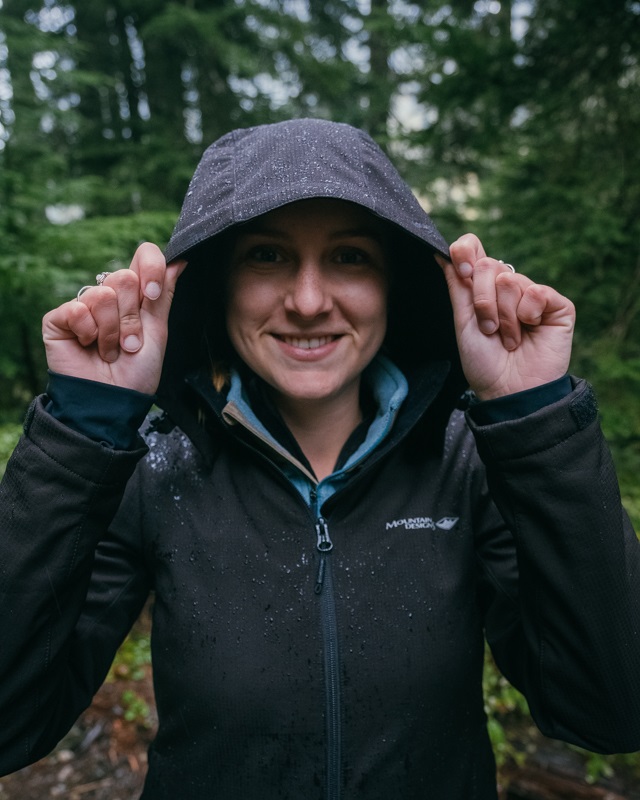
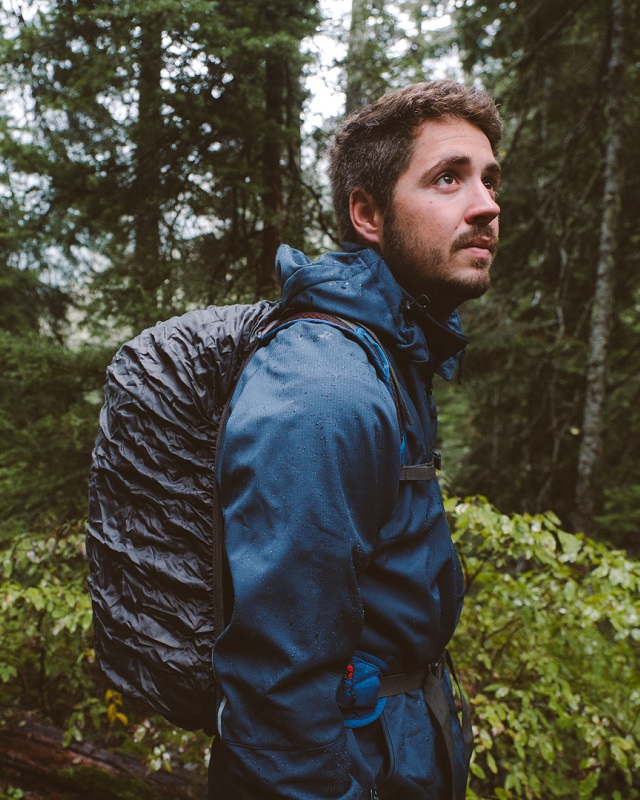
A quality rain jacket should be waterproof but breathable to prevent internal condensation, plus have features like an adjustable hood and sleeves (left); a rain cover for your pack will provide the first layer of protection for your gear (right). (Images courtesy of Harrison Candlin)
6. Use dry bags and dry sacks. They are a simple way to transport your belongings when it's rainy outside. Dry bags and dry sacks are flexible and have a watertight seal, ensuring that everything from food and clothes to electronics are protected.
7. Pack a few zip-lock bags. You can pick these up from your local supermarket, making them a cheap way to keep your phone, electronics and travel documents safe.
8. Take microfibre towels, which are lightweight, compact and practical. Whether you're wet from the rain or you've had a shower, microfibre towels quickly absorb water and dry efficiently so you can use them again ASAP.
9. Use a rain cover for your pack. A lot of hiking packs come with waterproof covers stored in a hidden pocket but you can also buy them separately.
10. Pack an extra tarp for camping. If you are setting up for the night, put a tarp over your tent or swag for overnight protection, and use the second one underneath your gear on the campground floor. Keeping your gear as dry as possible makes it easier to set up, pack up and keep moving without the weight of wet gear and mud weighing you down.
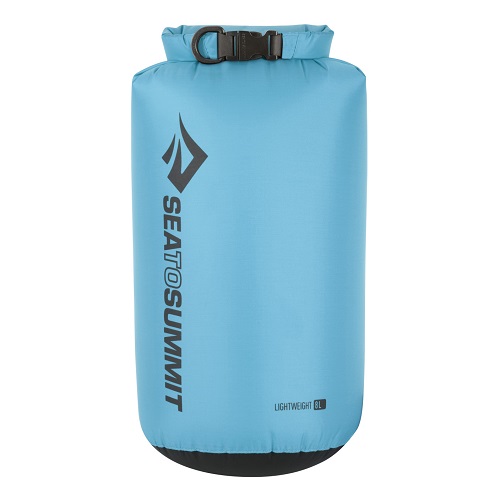
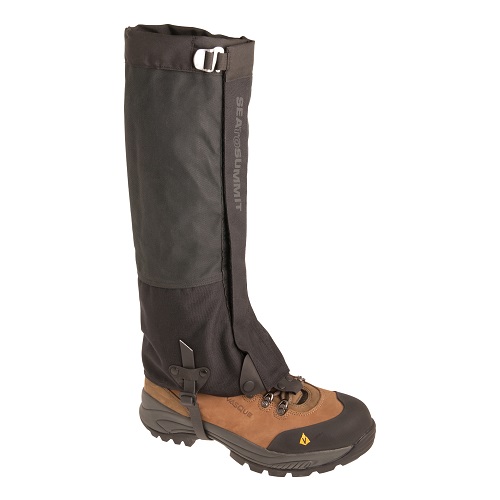
Simple ways to keep dry on your hiking adventures include using dry sack and dry bags (left), gaiters to protect your ankles and lower legs (centre), and microfibre towels which are lightweight and compact and practical (right).
11. Store dry wood and kindling in garbage bags, so if you are camping in an area that permits fires, it will stay dry until you use it.
12. Pack a lightweight cooking system. Go without the hassle of making a fire by taking a portable cooking system. They are small, compact and great for cooking up a satisfying hot meal in wet weather.
13. Take an insulated bottle or thermos to use as a hot water bottle. Fill your bottle with hot water and bring it with you to use as a hot water bottle during your wet weather adventure. Staying warm is key to avoiding becoming sick in cold, rainy weather. Plus, a hot cup of joe can never go astray when camping or hiking in the rain.
Photo Credits
Images supplied by Harrison Candlin
- Instagram @harrisoncandlin
- Website https://www.harrisoncandlin.com
